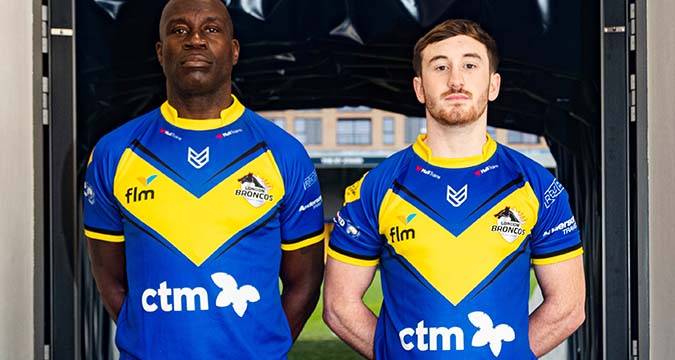 London Broncos are changing not just their ground, but also their colours, next season.
The capital club's move to the Plough Lane Stadium will be accompanied by a switch from their trademark black shirts with red and white trim to blue and yellow.
It's a nod to AFC Wimbledon, the Broncos' new landlords, with whom they hope to develop a lasti
London Broncos are changing not just their ground, but also their colours, next season.
The capital club's move to the Plough Lane Stadium will be accompanied by a switch from their trademark black shirts with red and white trim to blue and yellow.
It's a nod to AFC Wimbledon, the Broncos' new landlords, with whom they hope to develop a lasti UpFront: A question of colours at London Broncos
 London Broncos are changing not just their ground, but also their colours, next season.
The capital club's move to the Plough Lane Stadium will be accompanied by a switch from their trademark black shirts with red and white trim to blue and yellow.
It's a nod to AFC Wimbledon, the Broncos' new landlords, with whom they hope to develop a lasti
London Broncos are changing not just their ground, but also their colours, next season.
The capital club's move to the Plough Lane Stadium will be accompanied by a switch from their trademark black shirts with red and white trim to blue and yellow.
It's a nod to AFC Wimbledon, the Broncos' new landlords, with whom they hope to develop a lasti 